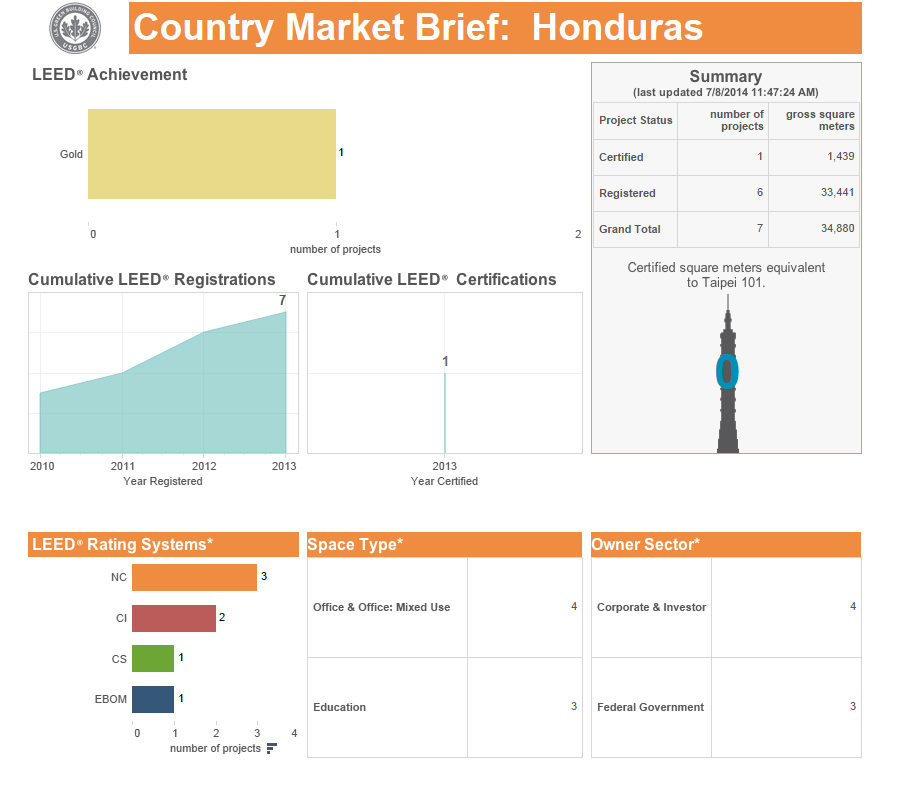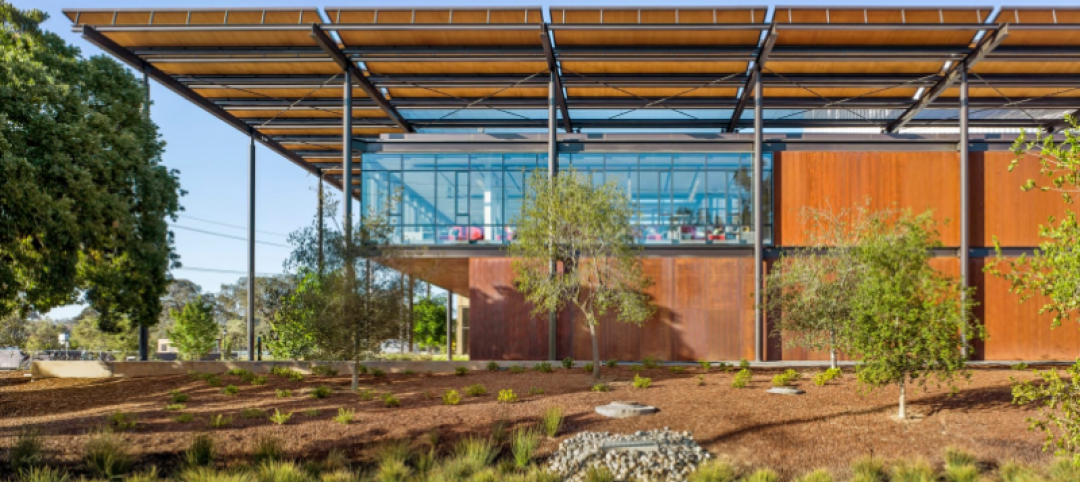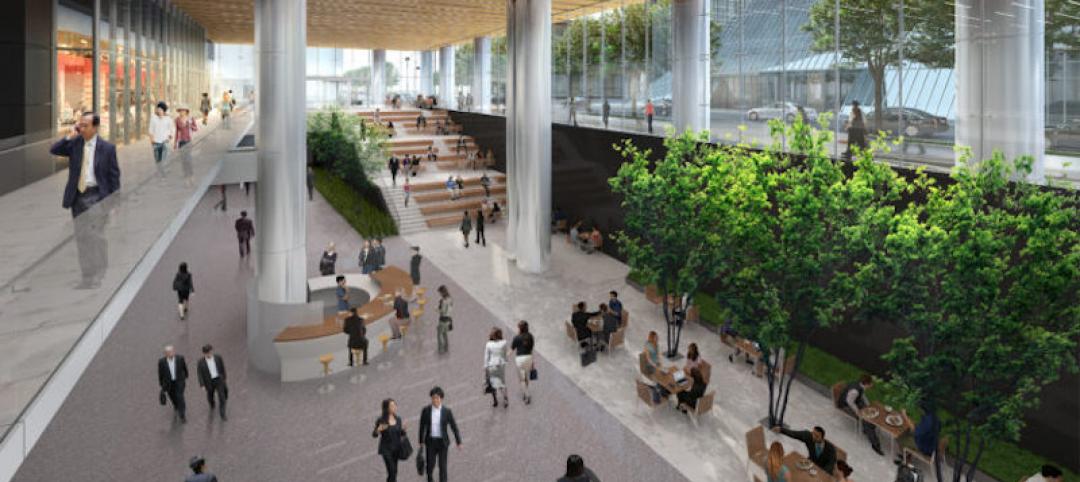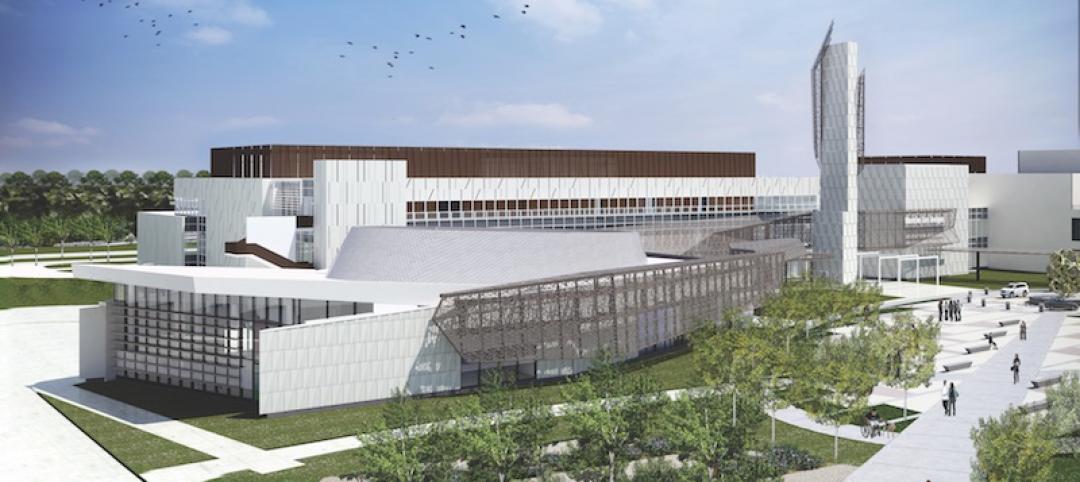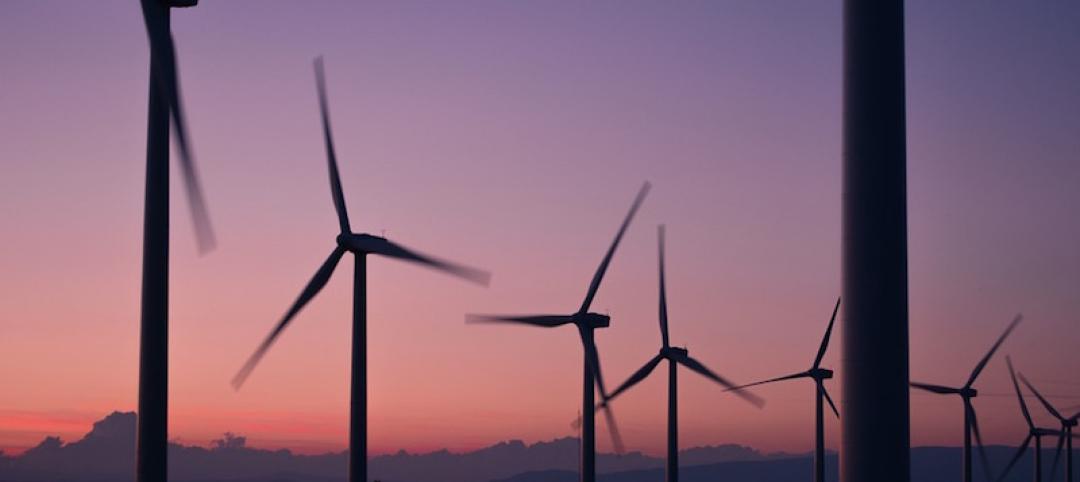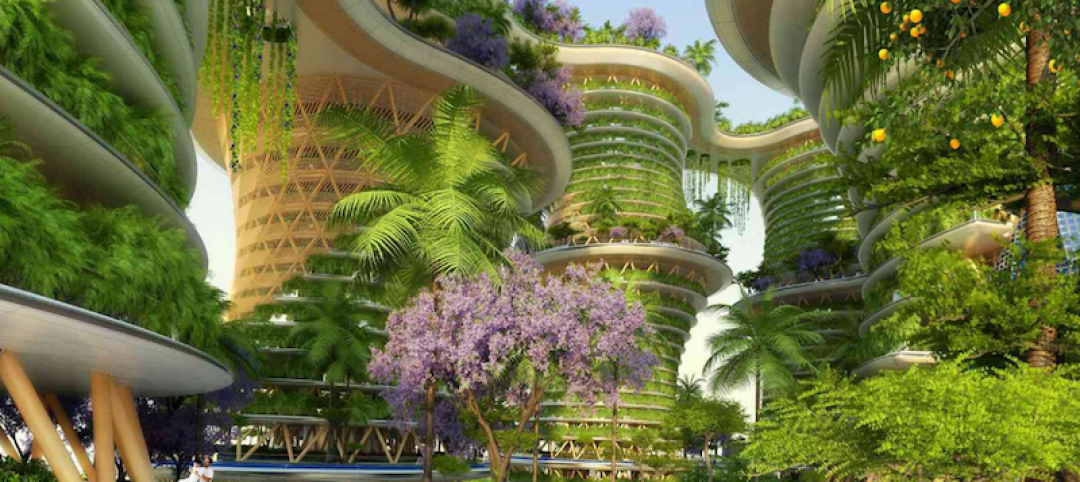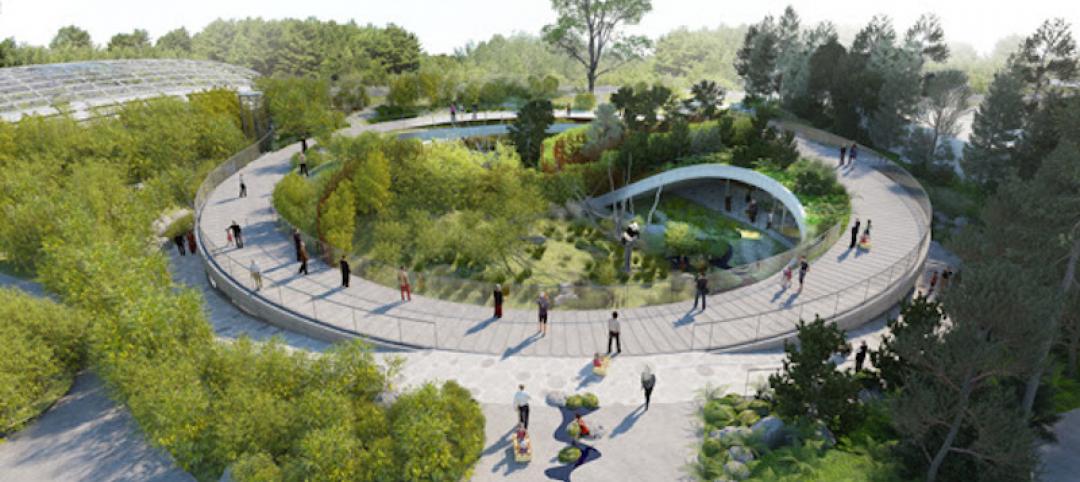The U.S. Green Building Council (USGBC) announced the launch of an expanded online data visualization resource that will allow any user to access aggregated LEED green building project information in the more than 150 countries with LEED projects under way.
Following on the successful U.S. state market briefs launched by USGBC in April, the international market briefs detail LEED projects by owner sector, rating system and space type for all countries with building projects participating in the LEED green building rating system, along with in-market LEED credentialed professionals and USGBC members.
"LEED is driving innovation and sustainable development across the globe,” said Mahesh Ramanujam, chief operating officer, USGBC. "These market briefs offer a global view, country by country, simultaneously representing the international demand for LEED and our commitment to making the story and the data behind it transparent."
The global uptake of LEED has surged in the past few years. The gross commercial square footage certified by the Green Building Certification Institute outside the U.S. rose from 156 million to 176 million square feet in a single year (2012-2013). Currently, more than 648 million square feet of commercial space is LEED certified outside the U.S.
The country market briefs dovetail with the recent series of country-specific LEED in Motion reports (Greater China, Sweden, Canada) and the LEED Earth promotion, which offers complimentary LEED certification to the first project in a country to achieve LEED certification. Since the program began in 2013, LEED projects in 15 nations, including Venezuela and Kuwait, have earned free certification.
“Visualizing the global LEED marketplace allows us not only to see the present, but gives us a window through which we can imagine a more sustainable future for our planet,” added Ramanujam.
The international market briefs can be downloaded either as a visualization or as a raw data file and are accessible at usgbc.org/advocacy/country-market-brief.
Related Stories
Sustainability | Apr 20, 2017
The American Institute of Architects select the 2017 COTE Top Ten Awards
In its 21st year, the Top Ten Awards highlight projects that exemplify the integration of great design and great performance.
Sustainability | Apr 19, 2017
Embracing the WELL Building Standard: The next step in green
When you consider that 90% of our time is spent in buildings, how these environments can contribute to workplace productivity, health, and wellness is the logical next step in the smart building movement.
Multifamily Housing | Apr 18, 2017
Hanging Gardens-inspired CLT residential development proposed for Birmingham
Garden Hill will provide an ‘oasis-like residence’ for Birmingham’s growing, multicultural student population.
Healthcare Facilities | Apr 14, 2017
Nature as therapy
A famed rehab center is reconfigured to make room for more outdoor gardens, parks, and open space.
Green | Apr 14, 2017
Sunqiao looks to bring agriculture back to Shanghai’s urban landscape
Vertical farms will bring new farmable space to the city.
Sustainability | Apr 13, 2017
How to make a concrete bunker livable
SOM’s design for New York’s second Public Safety Answering Center leans on strategically placed windows and the outdoor environment.
Green | Apr 11, 2017
Passivhaus for high-rises? Research demonstrates viability of the stringent standards for tall residential buildings
A new study conducted by FXFOWLE shows that Building Teams can meet stringent Passivhaus performance standards with minimal impact to first cost and aesthetics.
Codes and Standards | Apr 6, 2017
Product-specific EPDs seen as key aid to earning green building credits
The product-specific EPDs allow designers to more quickly earn a LEED v4 credit in the Materials & Resources category.
Sustainability | Apr 4, 2017
Six connected CLT towers create an urban forest in India
The mixed-use towers would each rise 36 stories into the sky and connect via rooftop skybridges.
Green | Mar 29, 2017
Copenhagen Zoo and BIG unveil yin yang-shaped panda habitat
The new habitat will sit between two existing buildings, including the Elephant House designed by Norman Foster.


